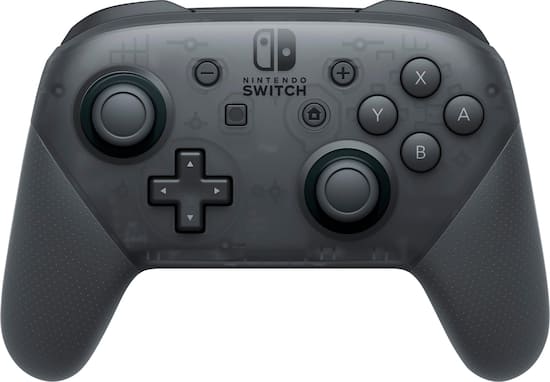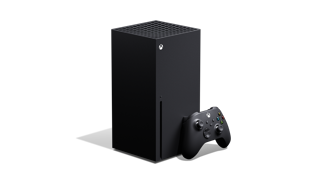Nintendo Pro Wireless Controller for Nintendo Switch
Enhance game play with this Nintendo Switch pro controller. Its traditional design includes motion controls, two analog control sticks and the ability to read Amiibo figures, and a USB-C cable is provided for charging. This Nintendo Switch pro controller works with any mode, whether the console is docked or undocked.
Enhance game play with this Nintendo Switch pro controller. Its traditional design includes motion controls, two analog control sticks and the ability to read Amiibo figures, and a USB-C cable is provided for charging. This Nintendo Switch pro controller works with any mode, whether the console is docked or undocked.
Additional information
| Voice Assistant Built-in | No |
|---|---|
| Wireless | Yes |
| Battery Size | Other |
| Compatible Platform(s) | Nintendo Switch |










by Chen
I use it to play Nintendo switch.
It is better than joycon.
by Chris
My brother loved this gift and it has been using it everyday with no problem
by John
Purchased this as a gift, and grabbed it on sale for fifty dollars on BB (BF 2021). Should be a perfect addition to the Switch.
by Adam
It may be an expensive controller, but that doesn’t change the fact that it is the BEST controller for most games. Excellent form and grip. Good heft. Plus it’s packed with all the gizmos you’d expect from Nintendo (motion control and amiibo). If you’re going for a solid controller, just go for it.